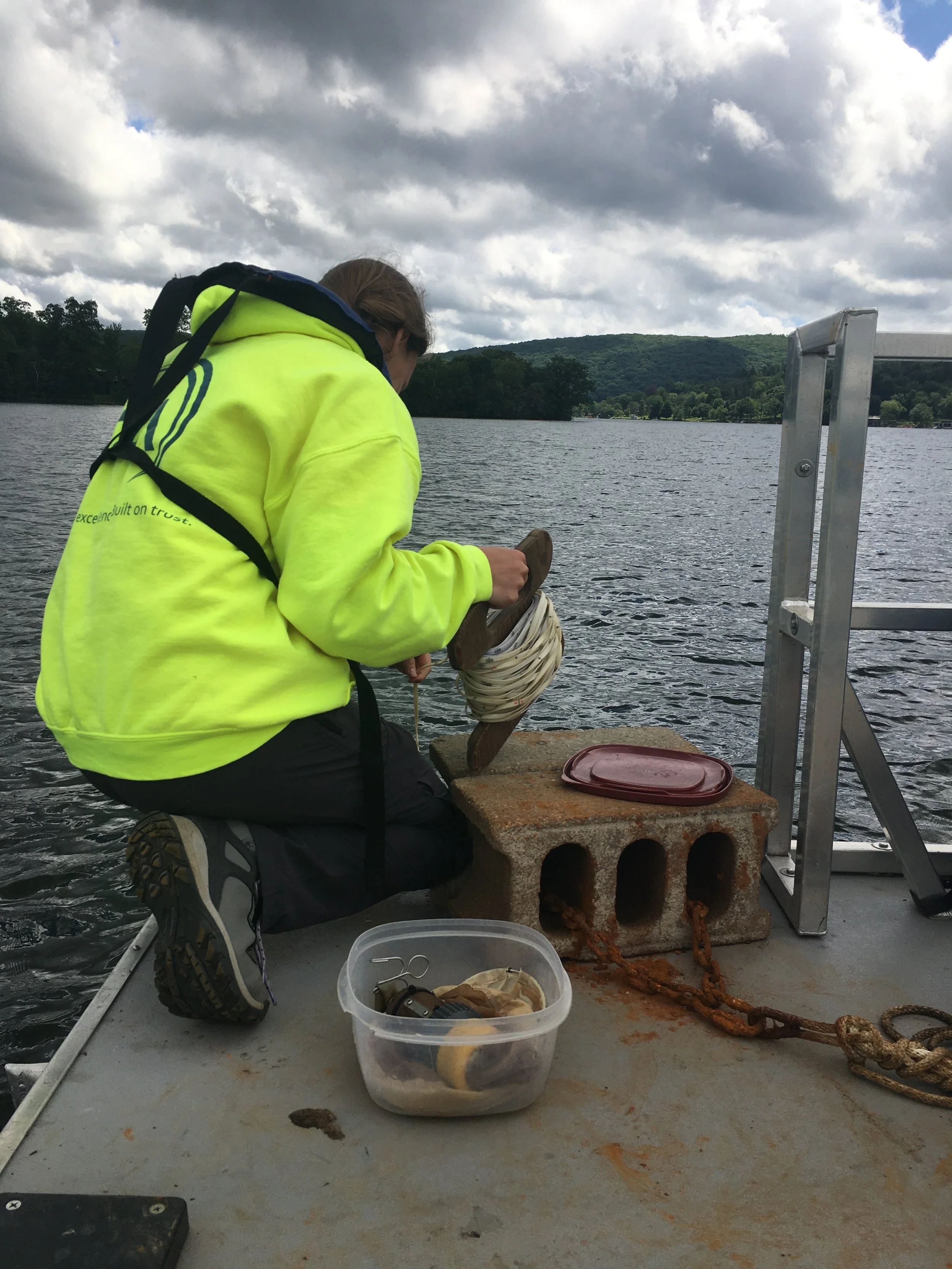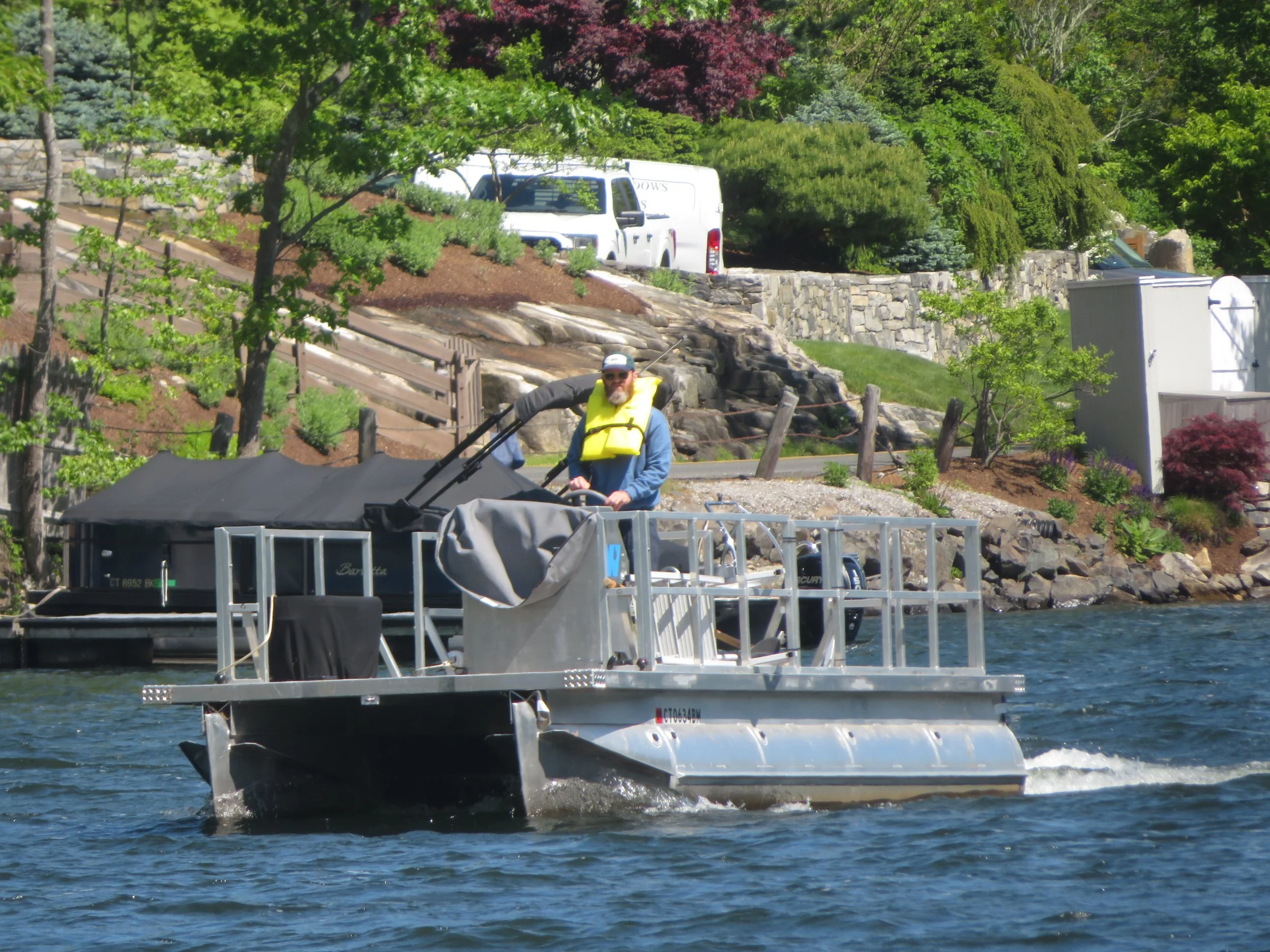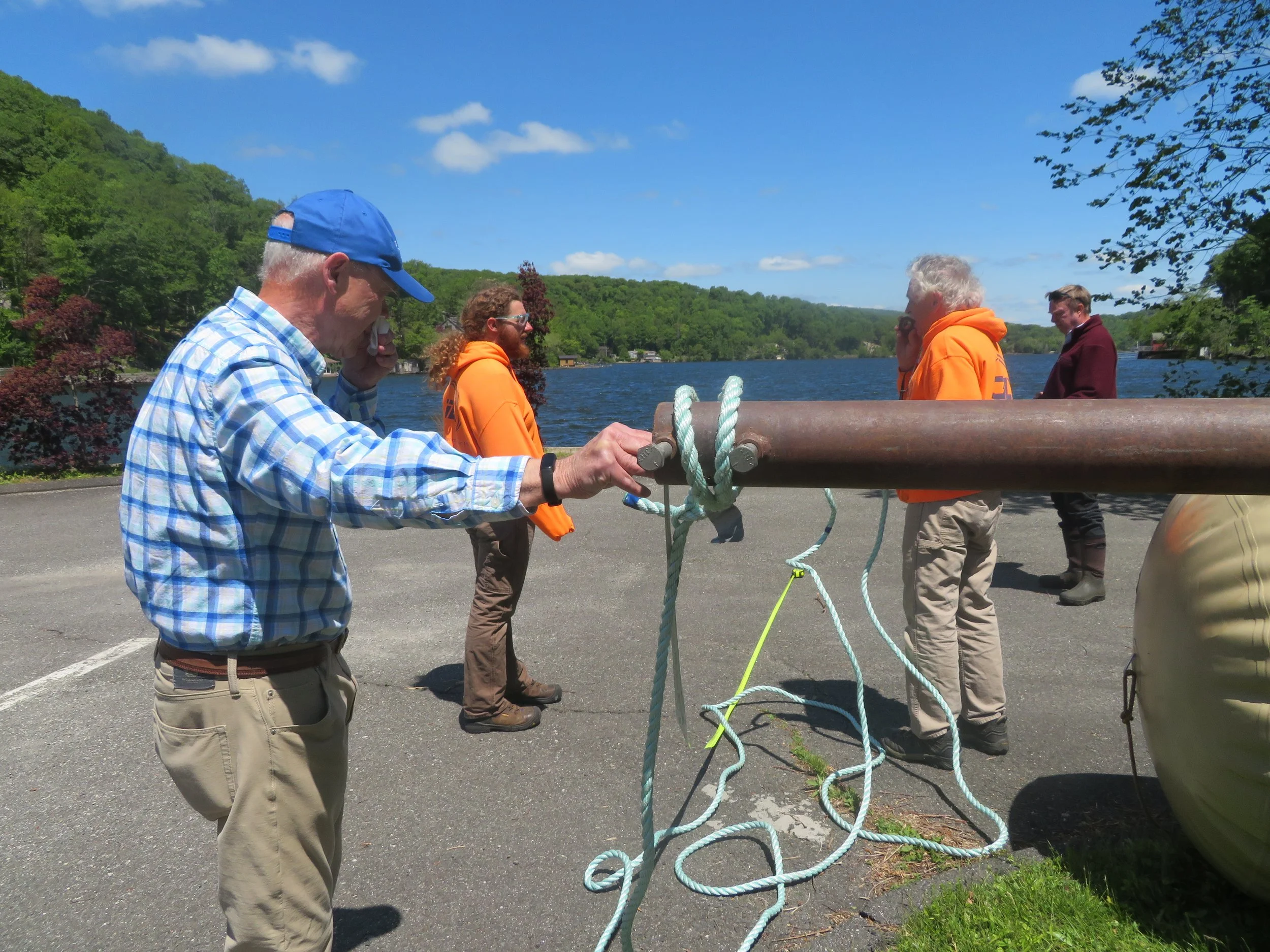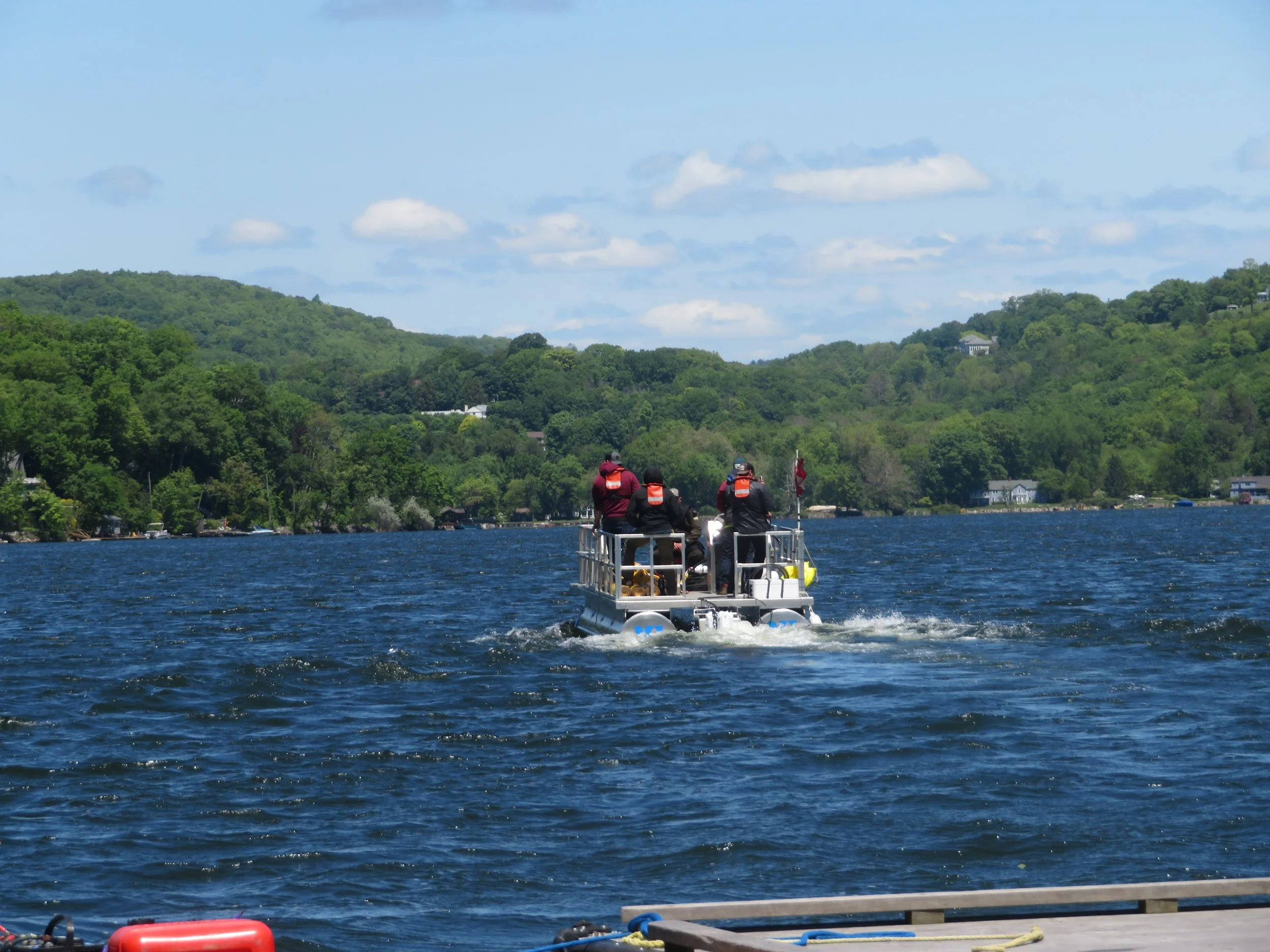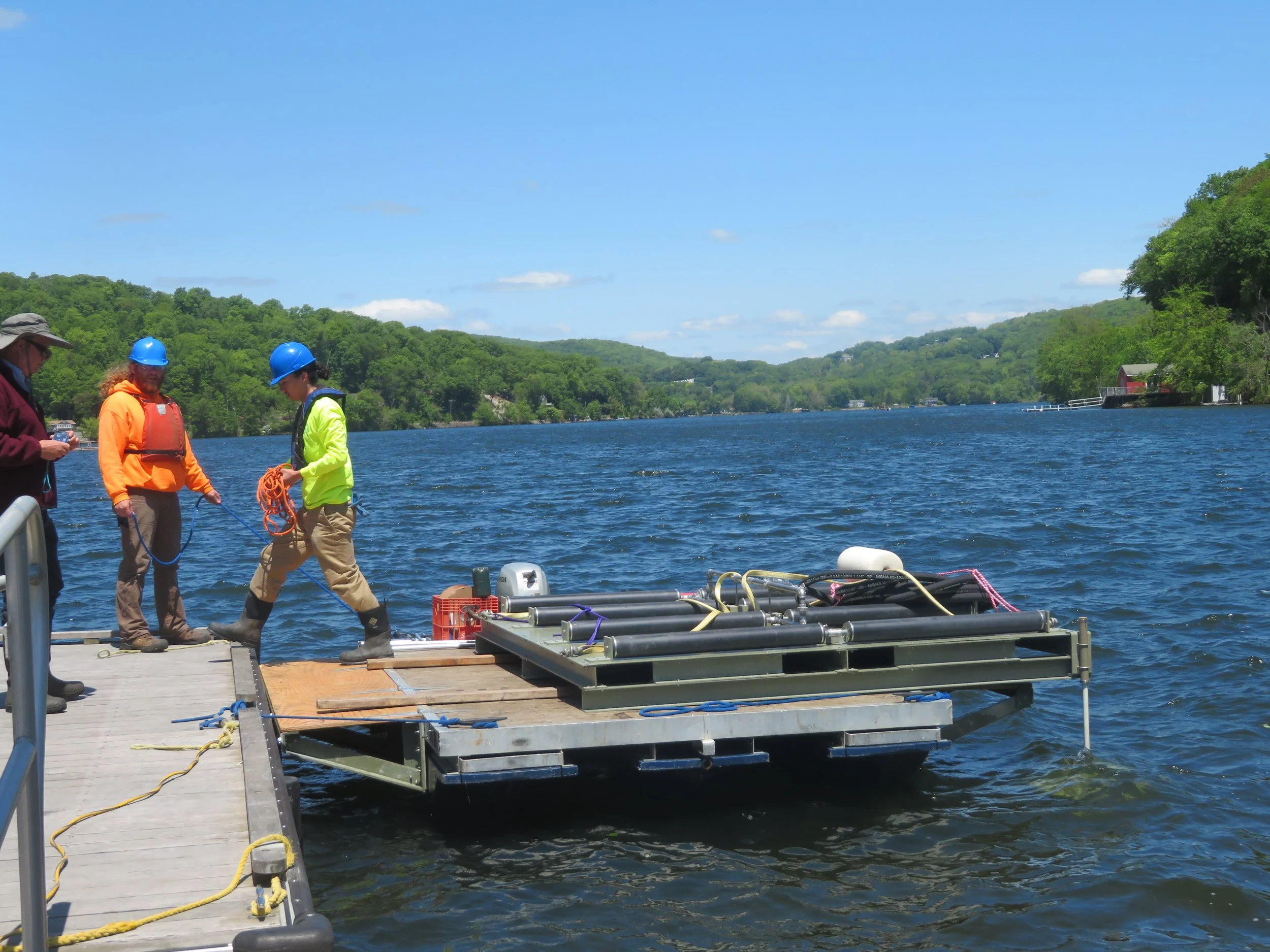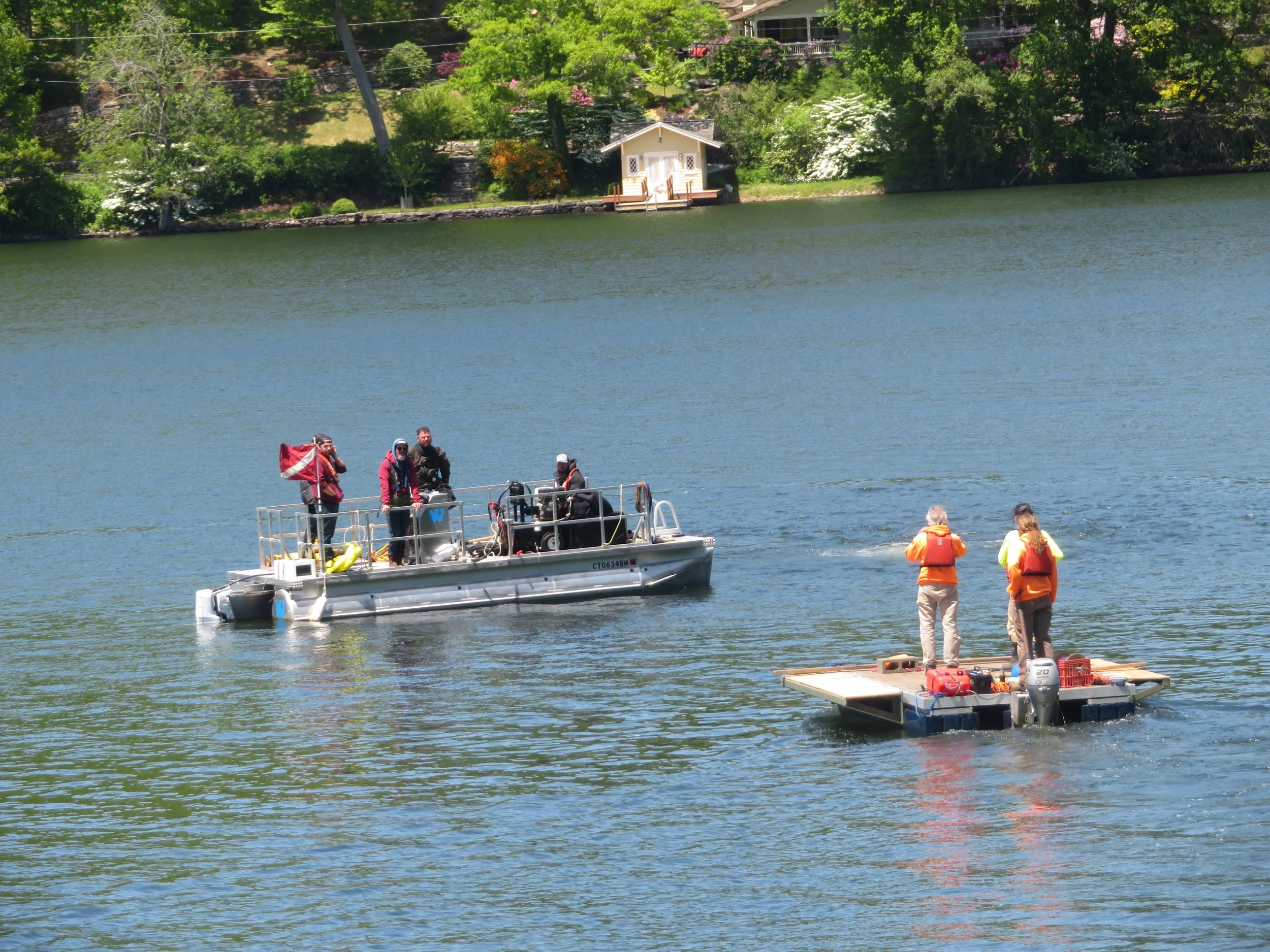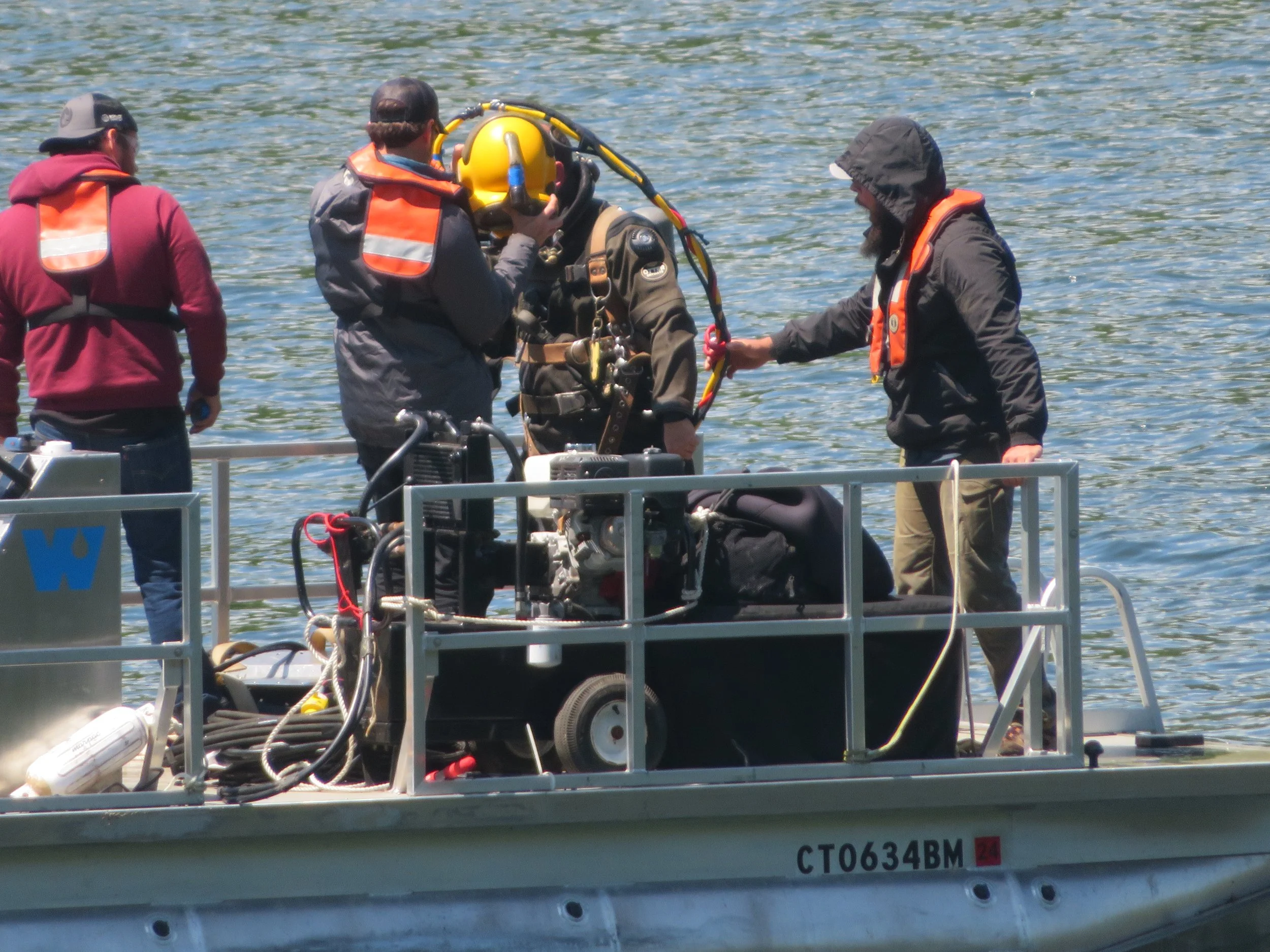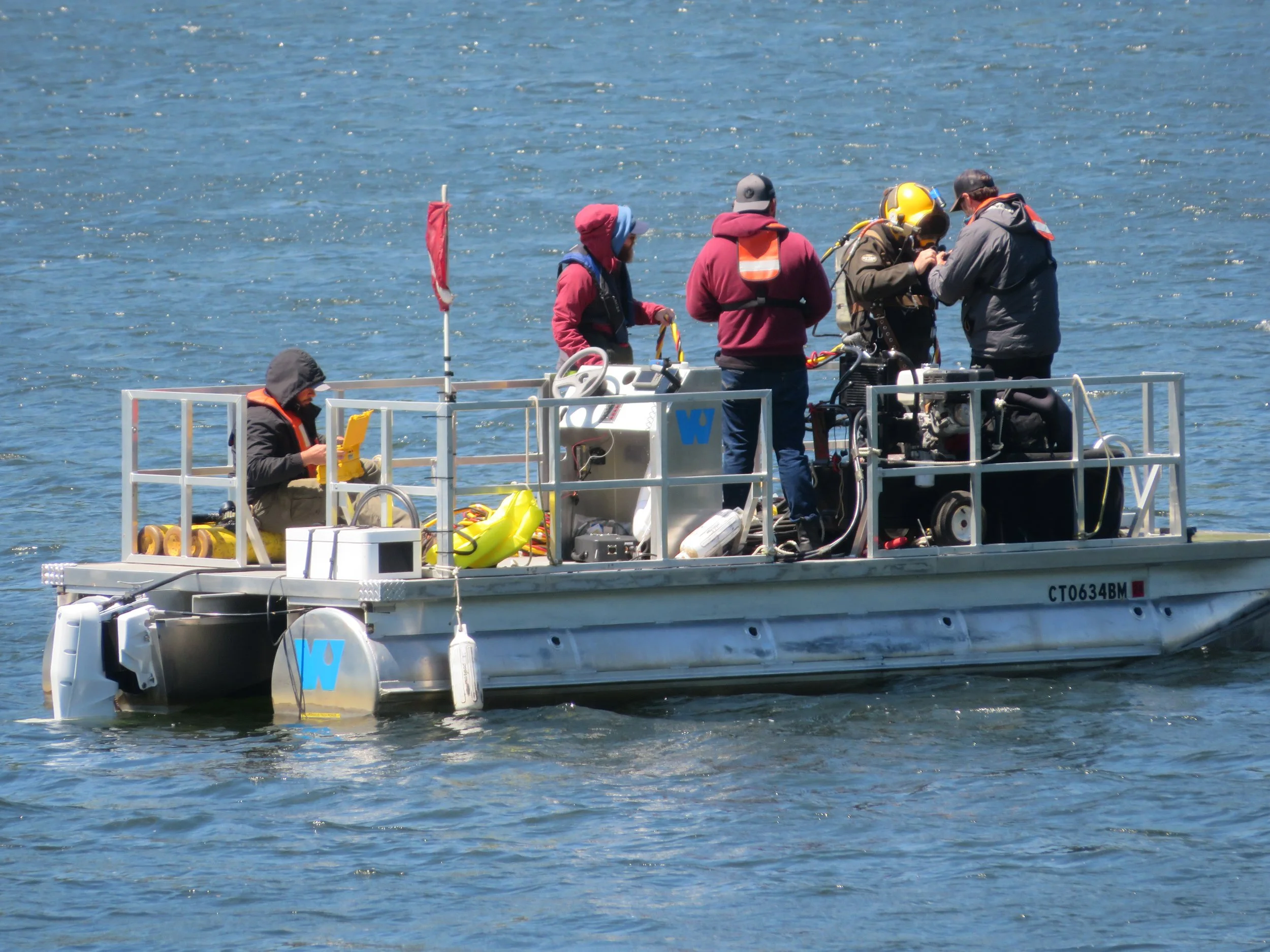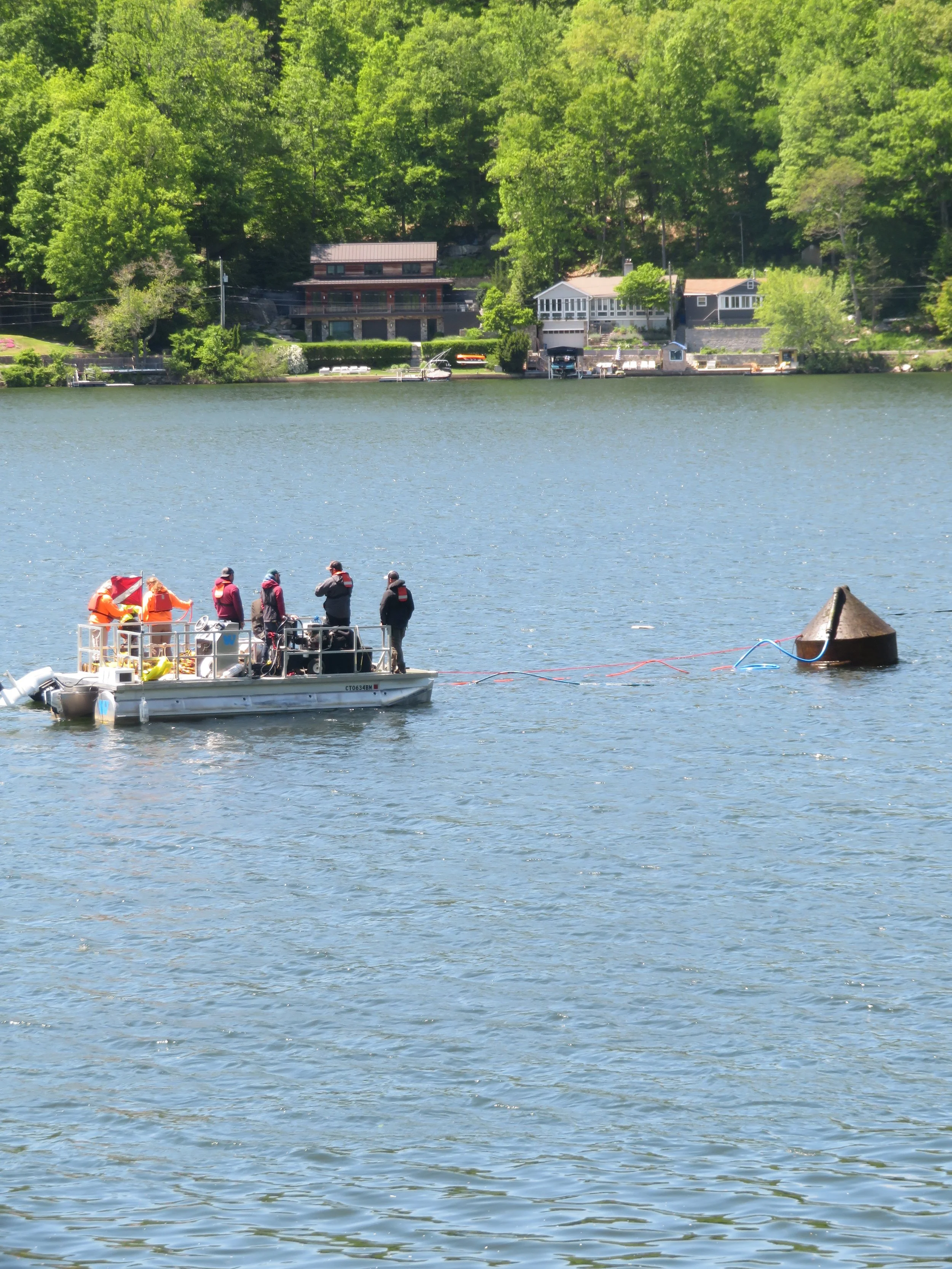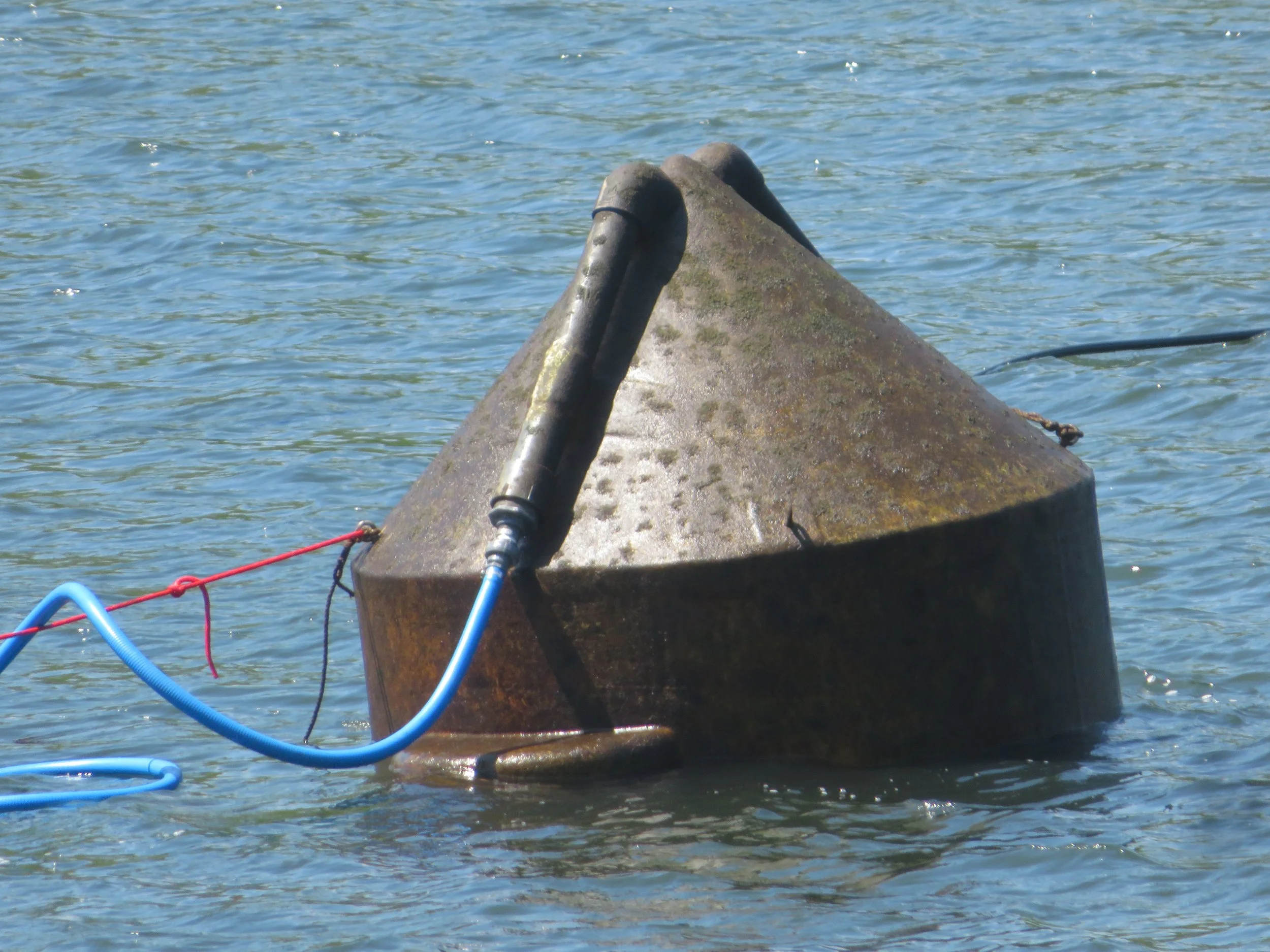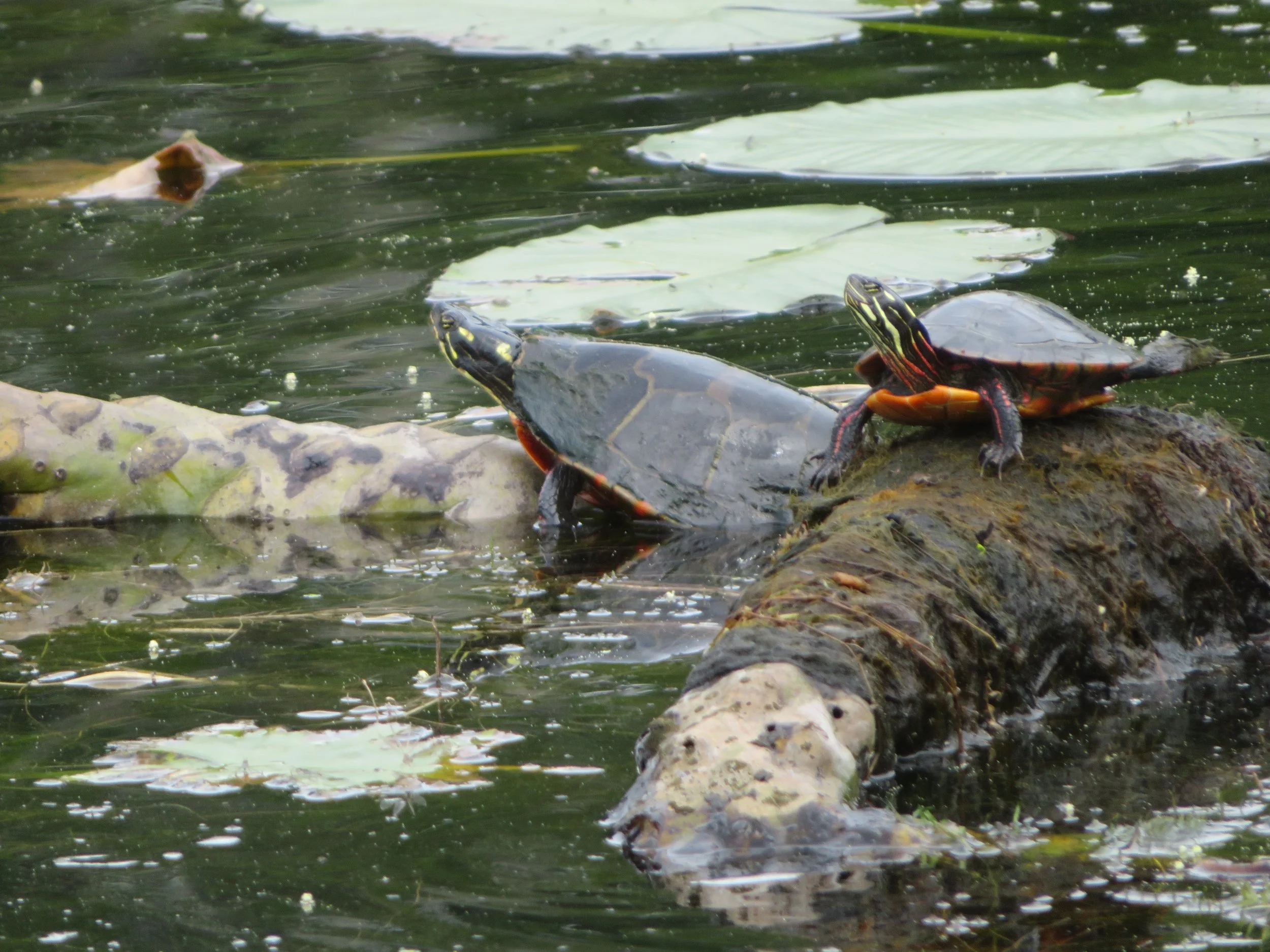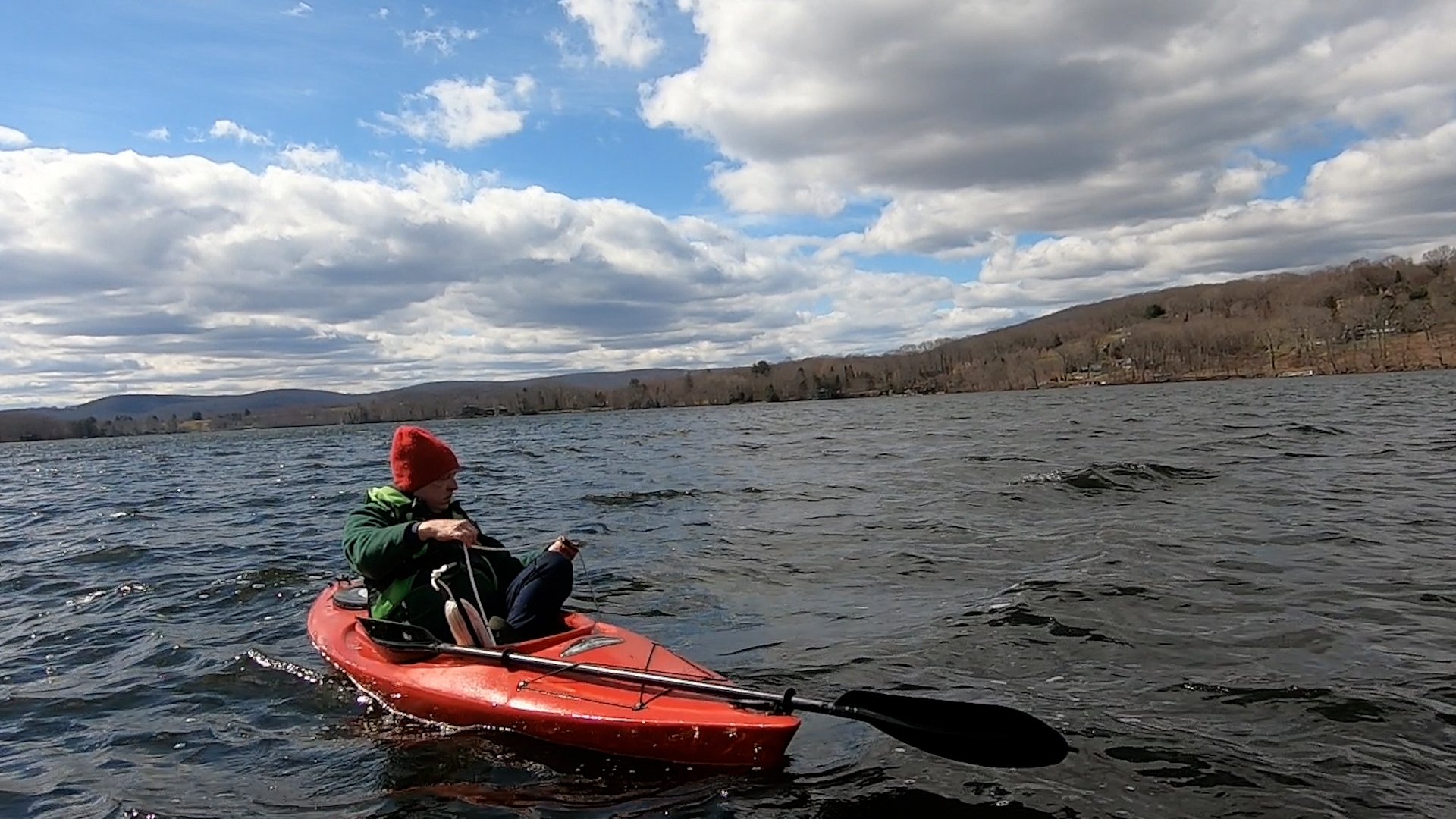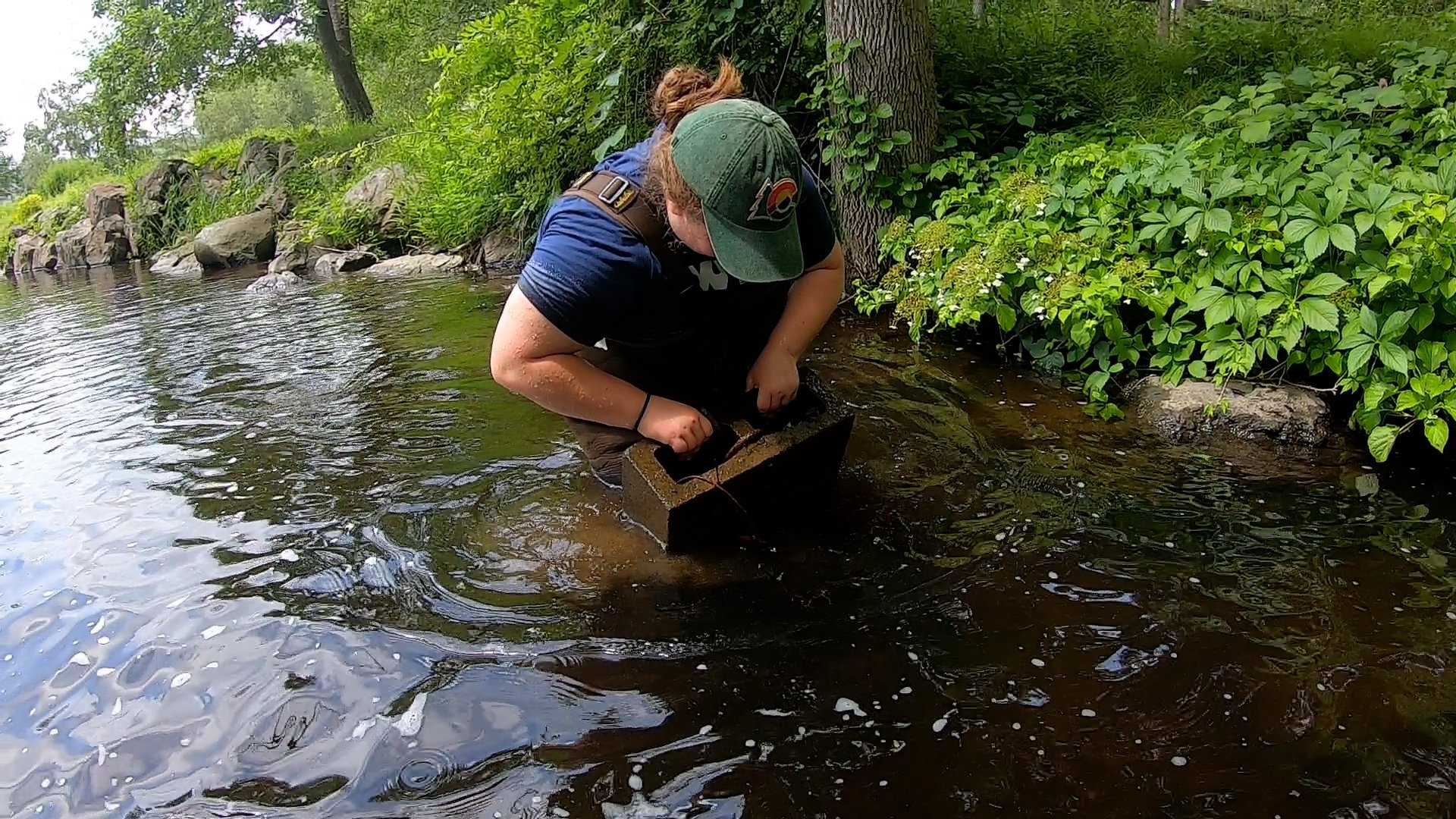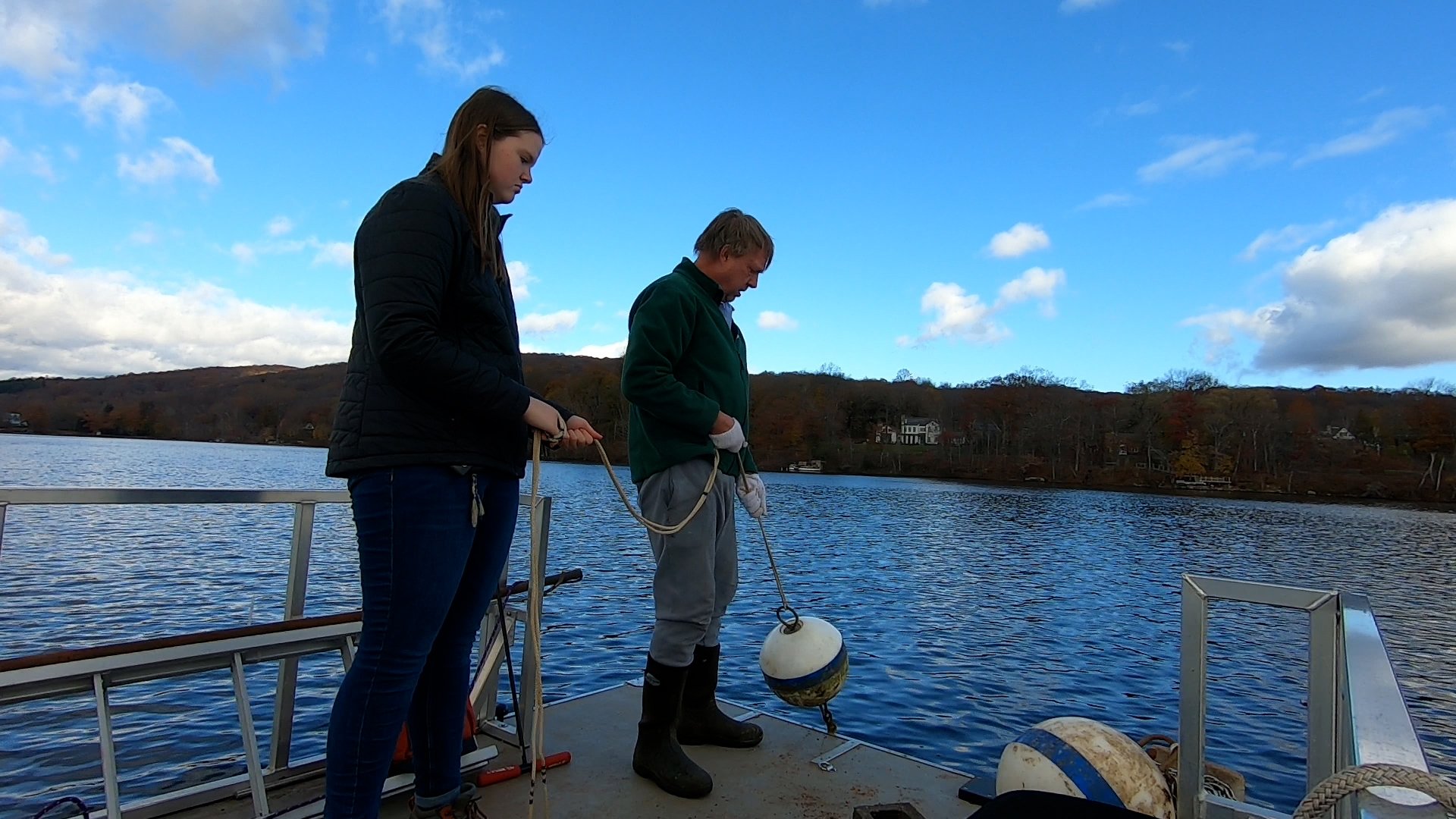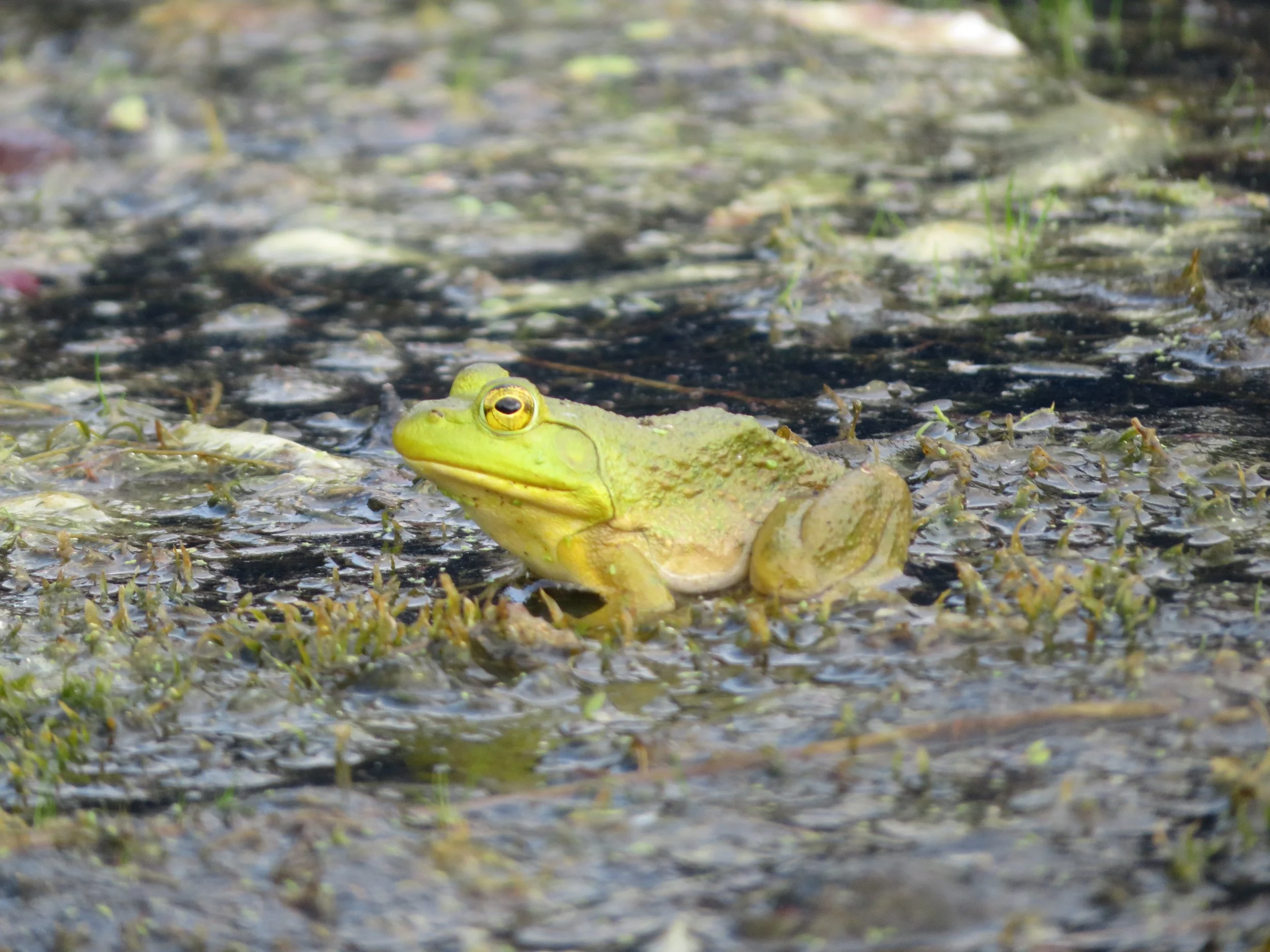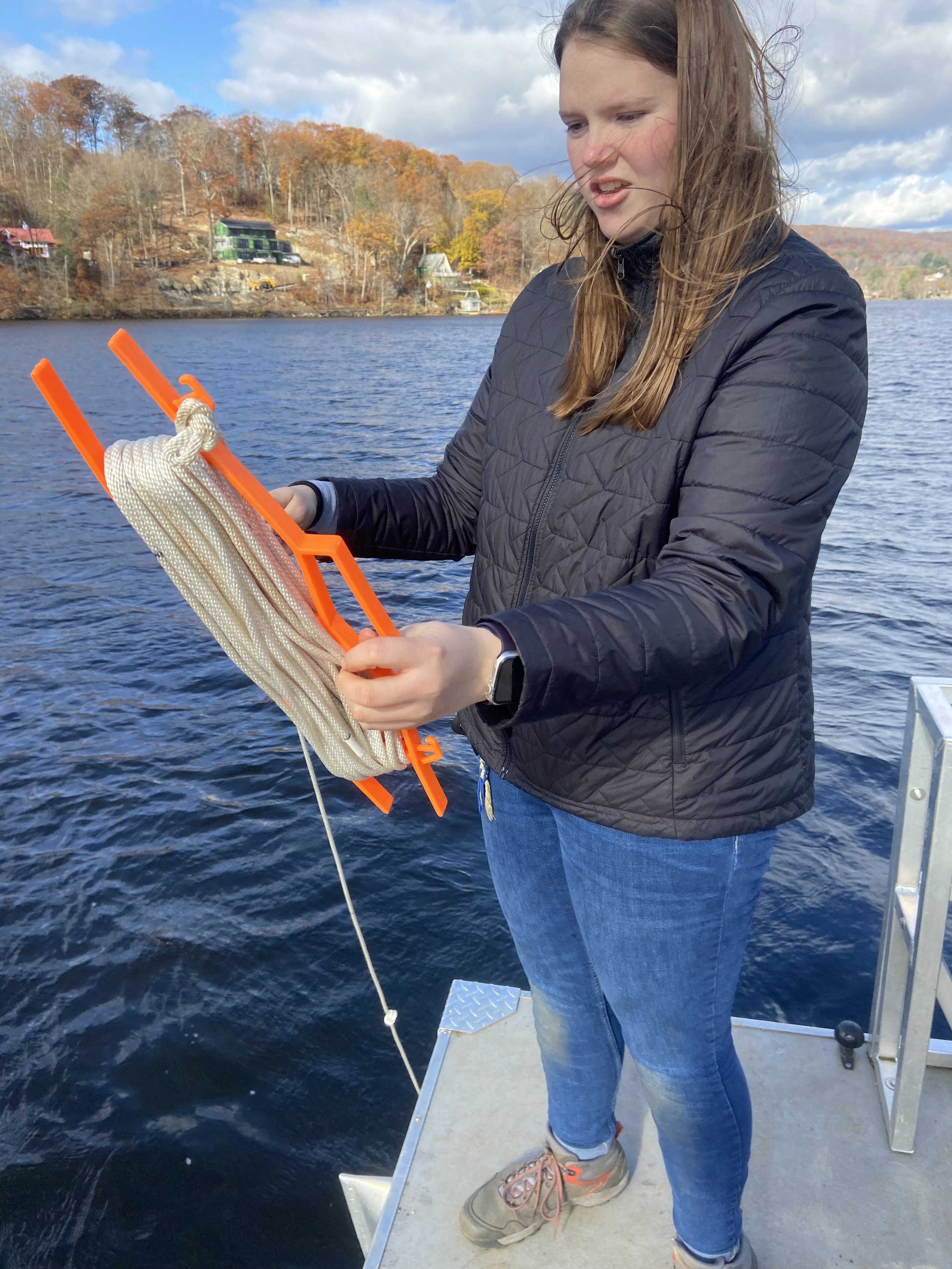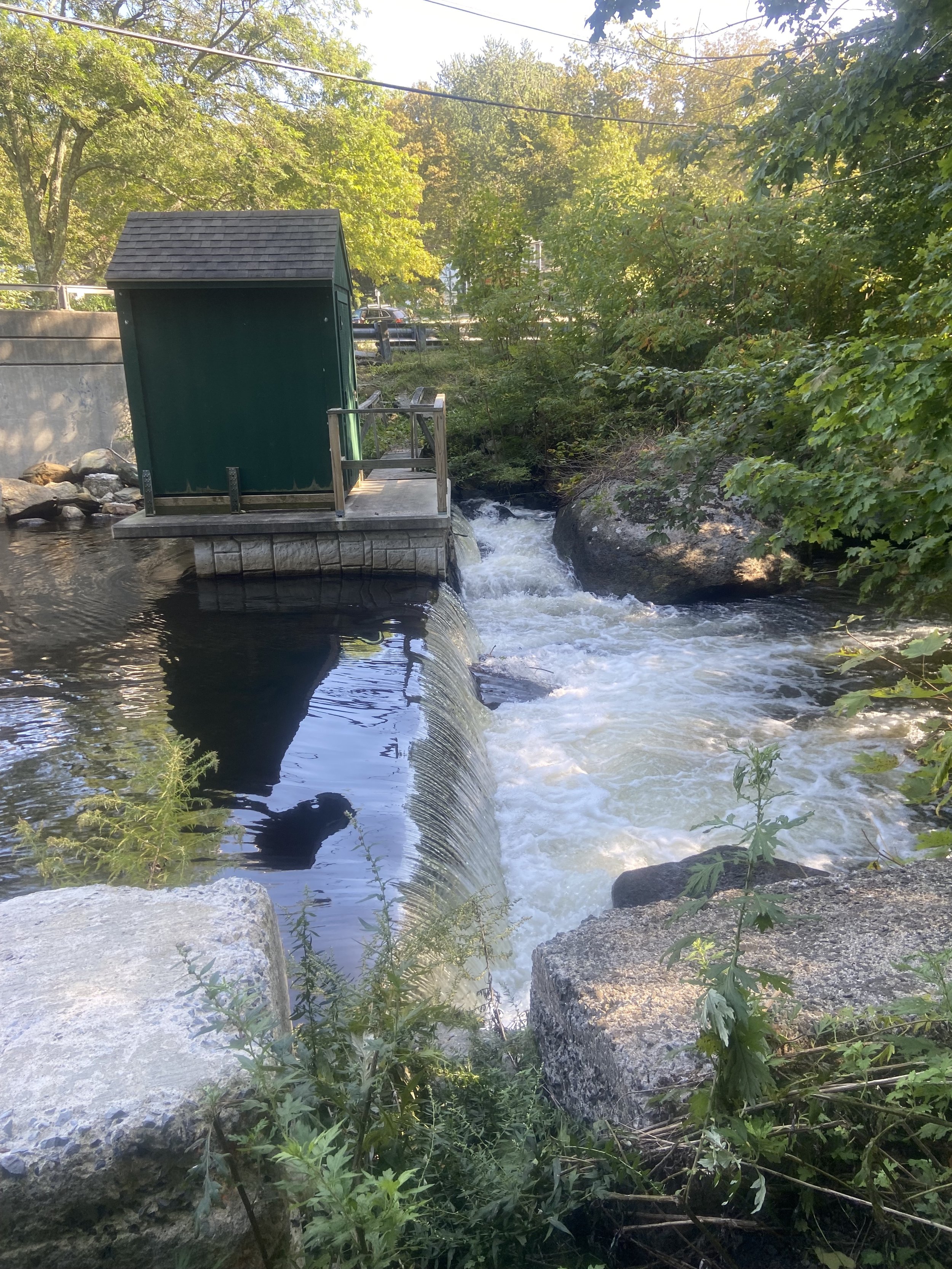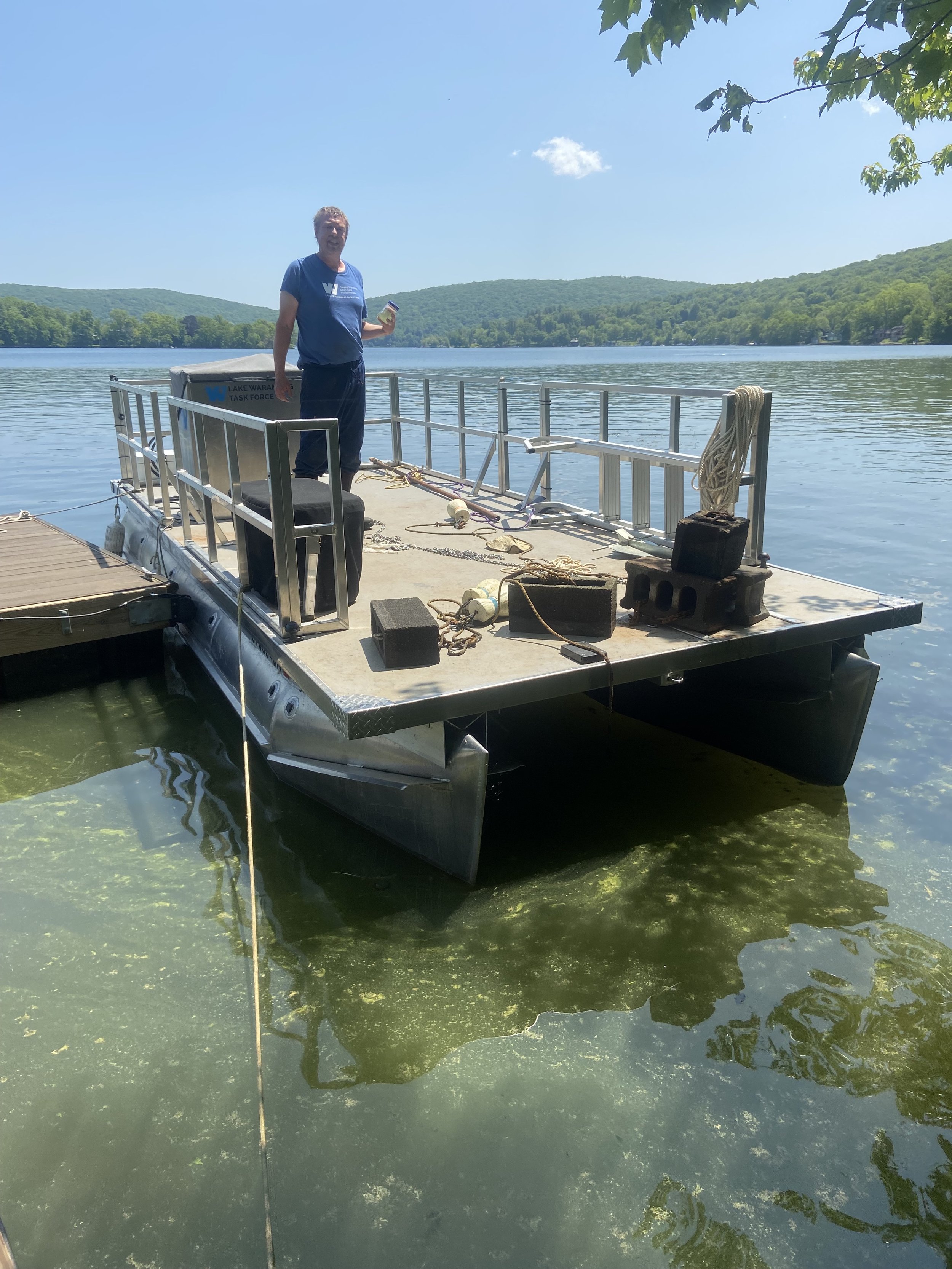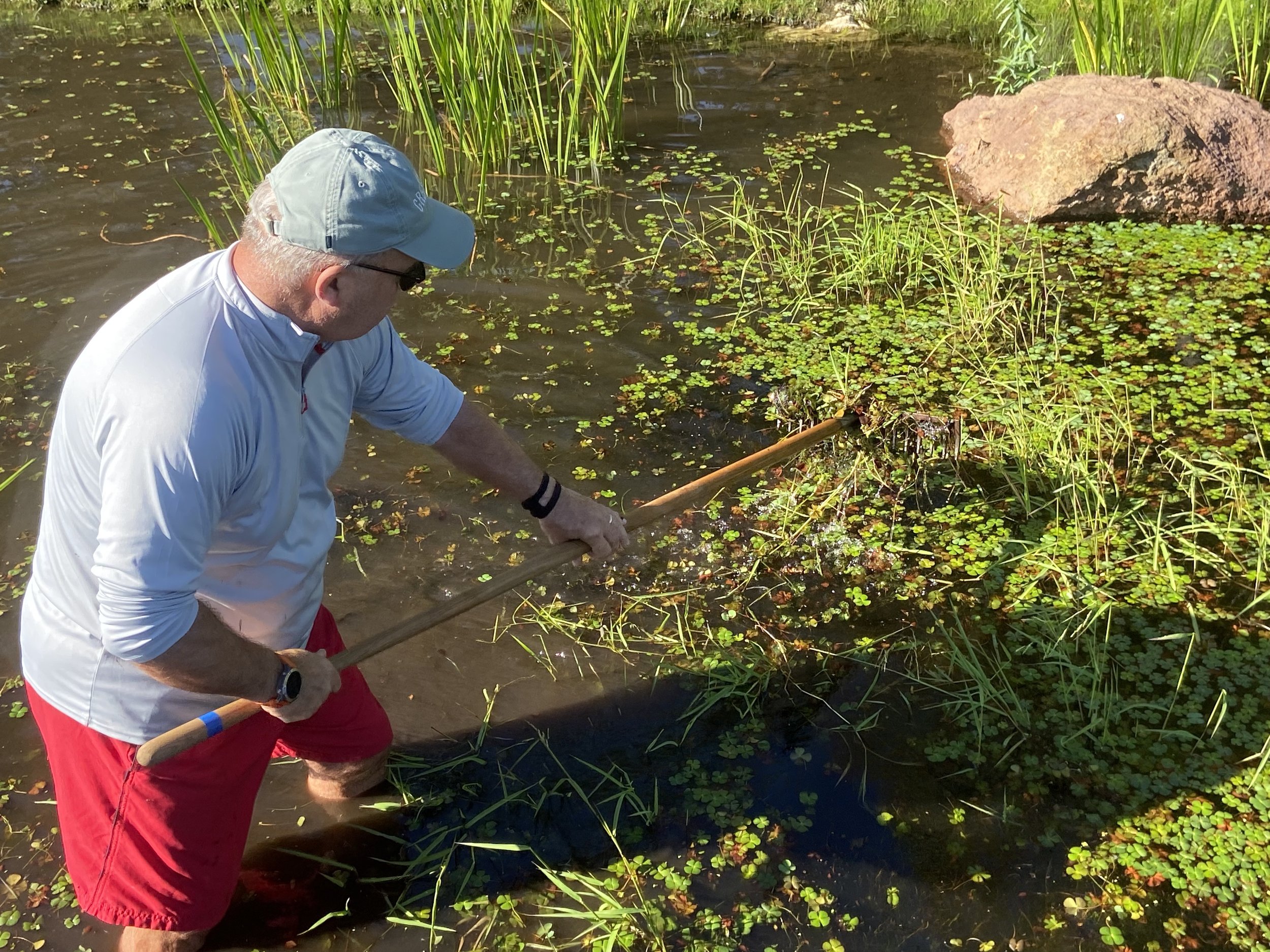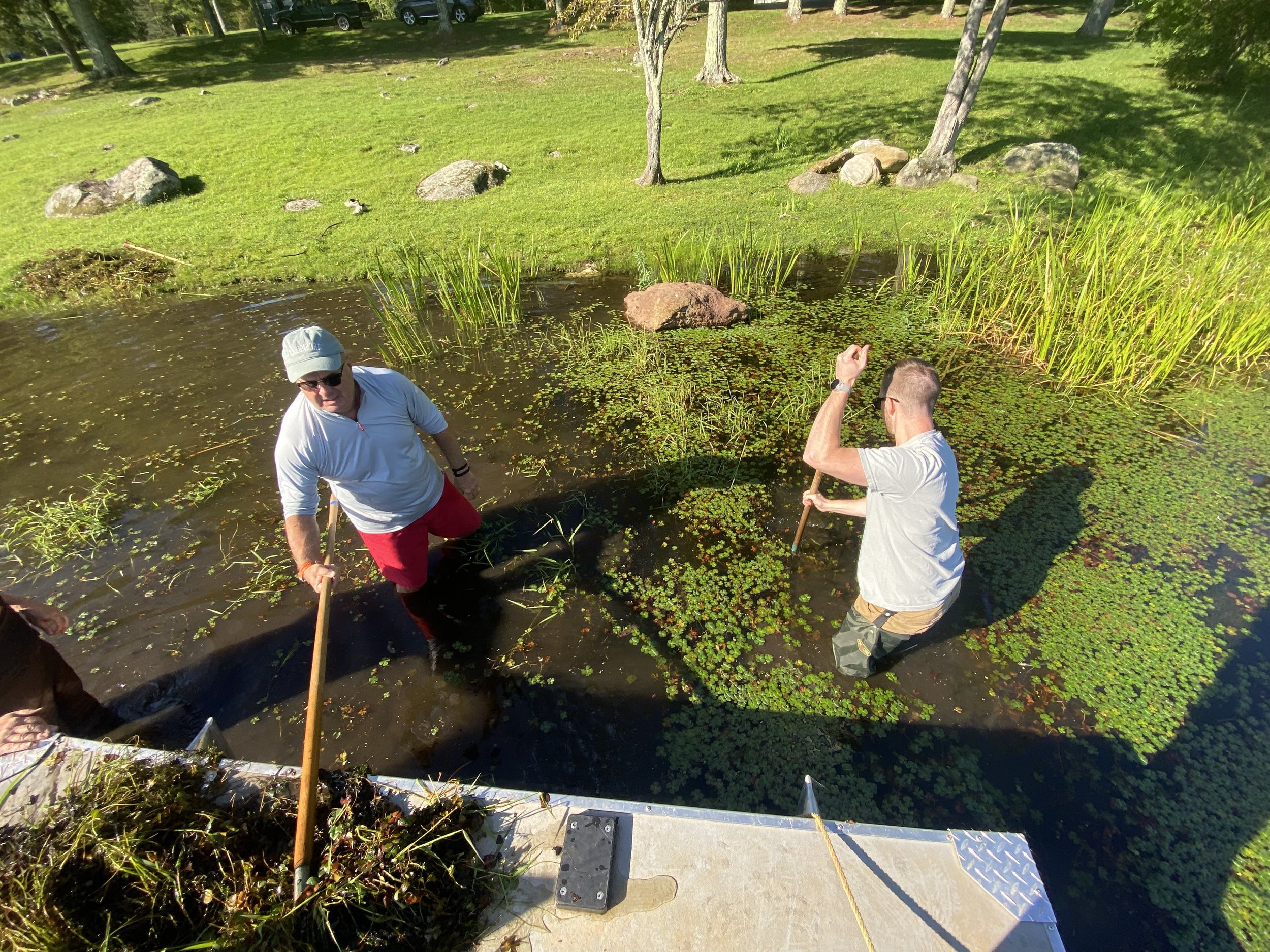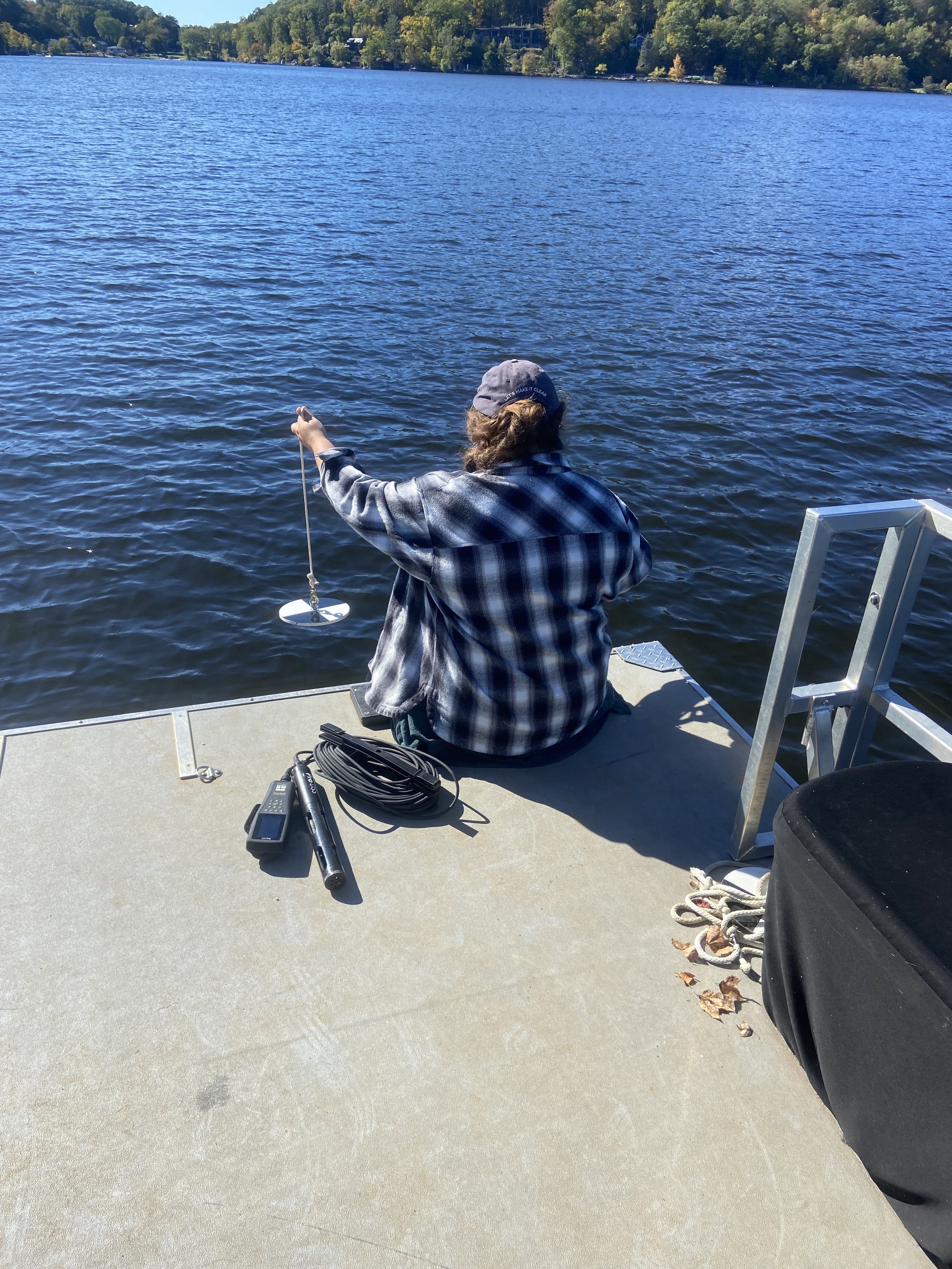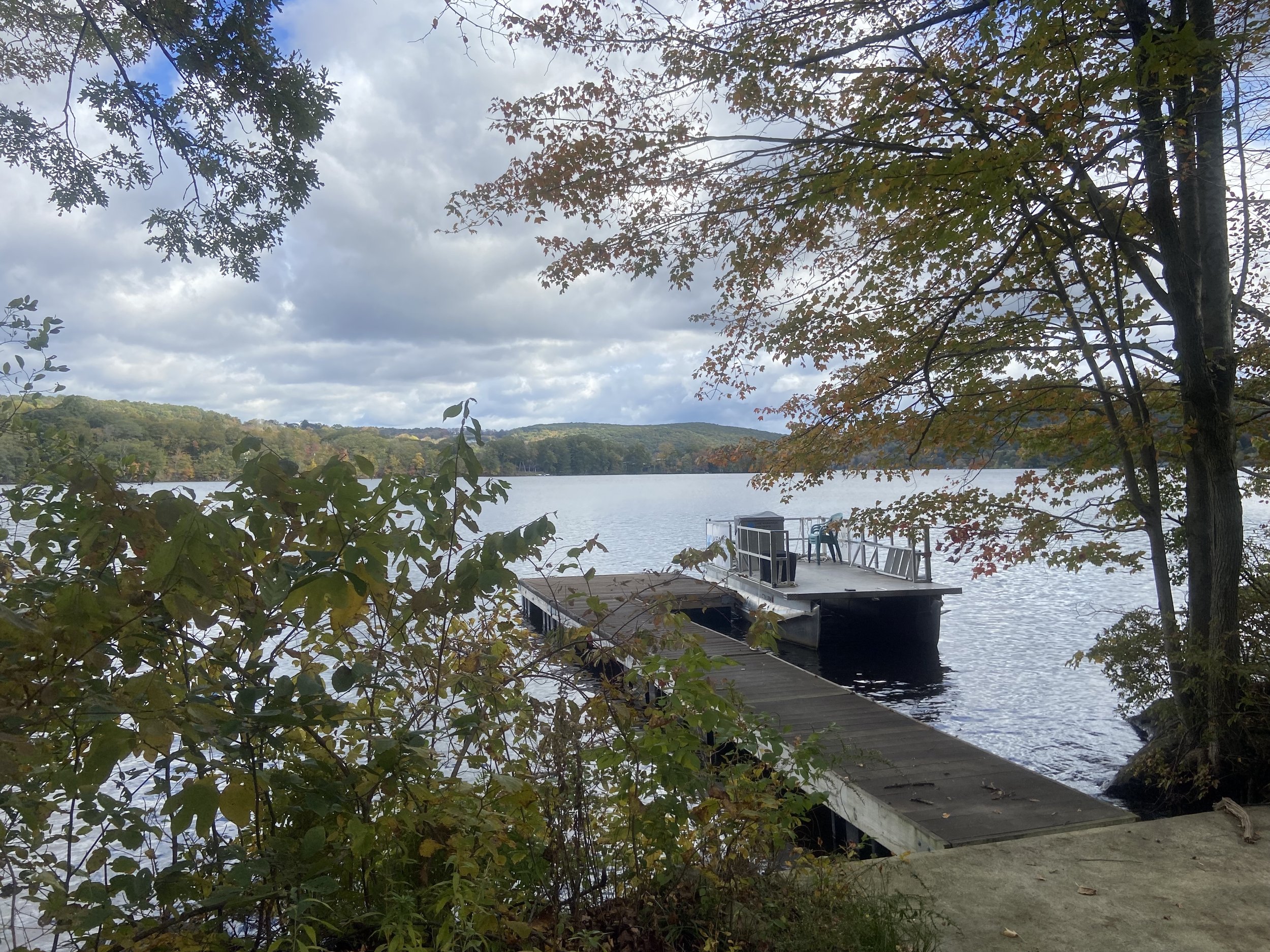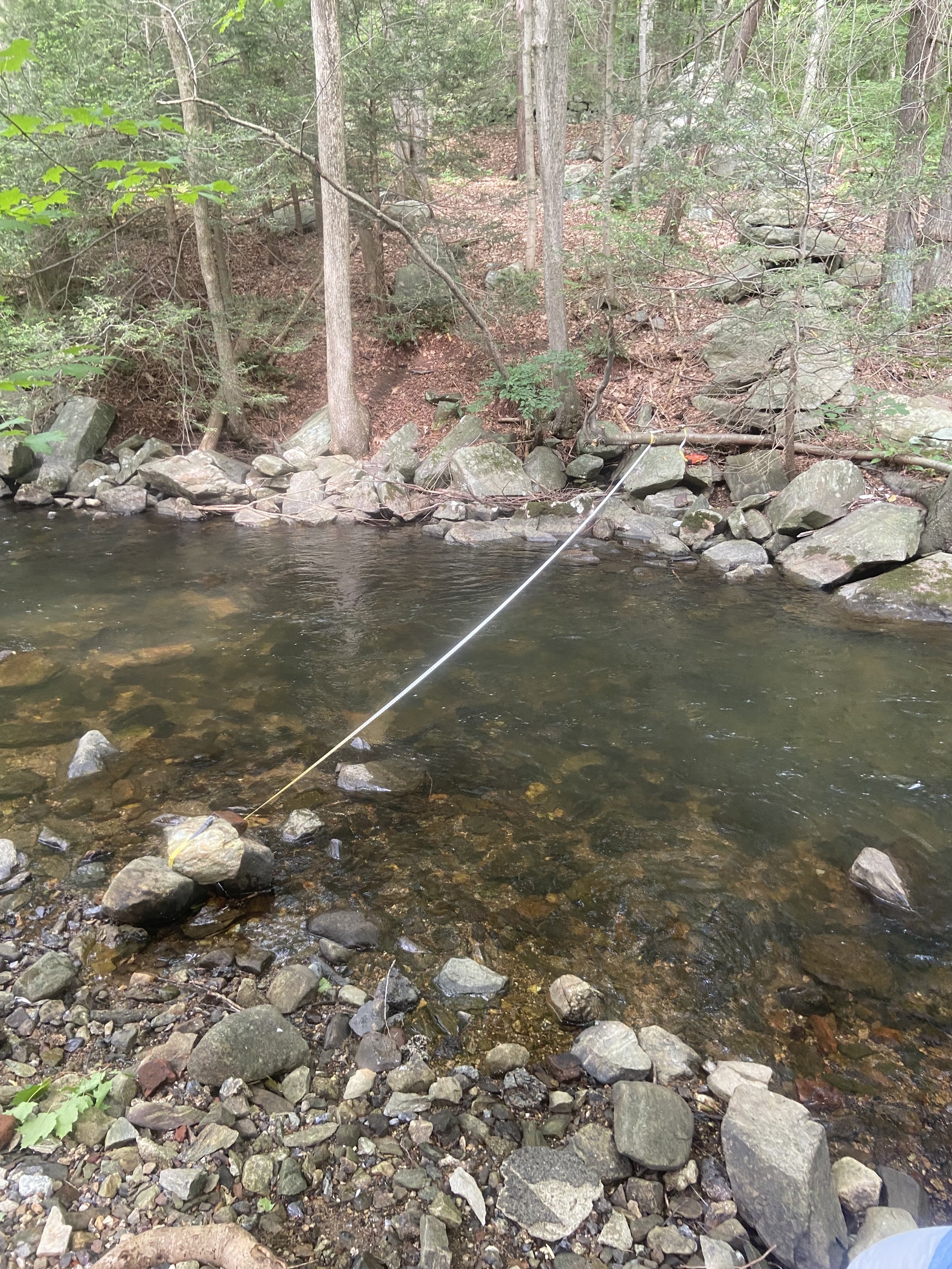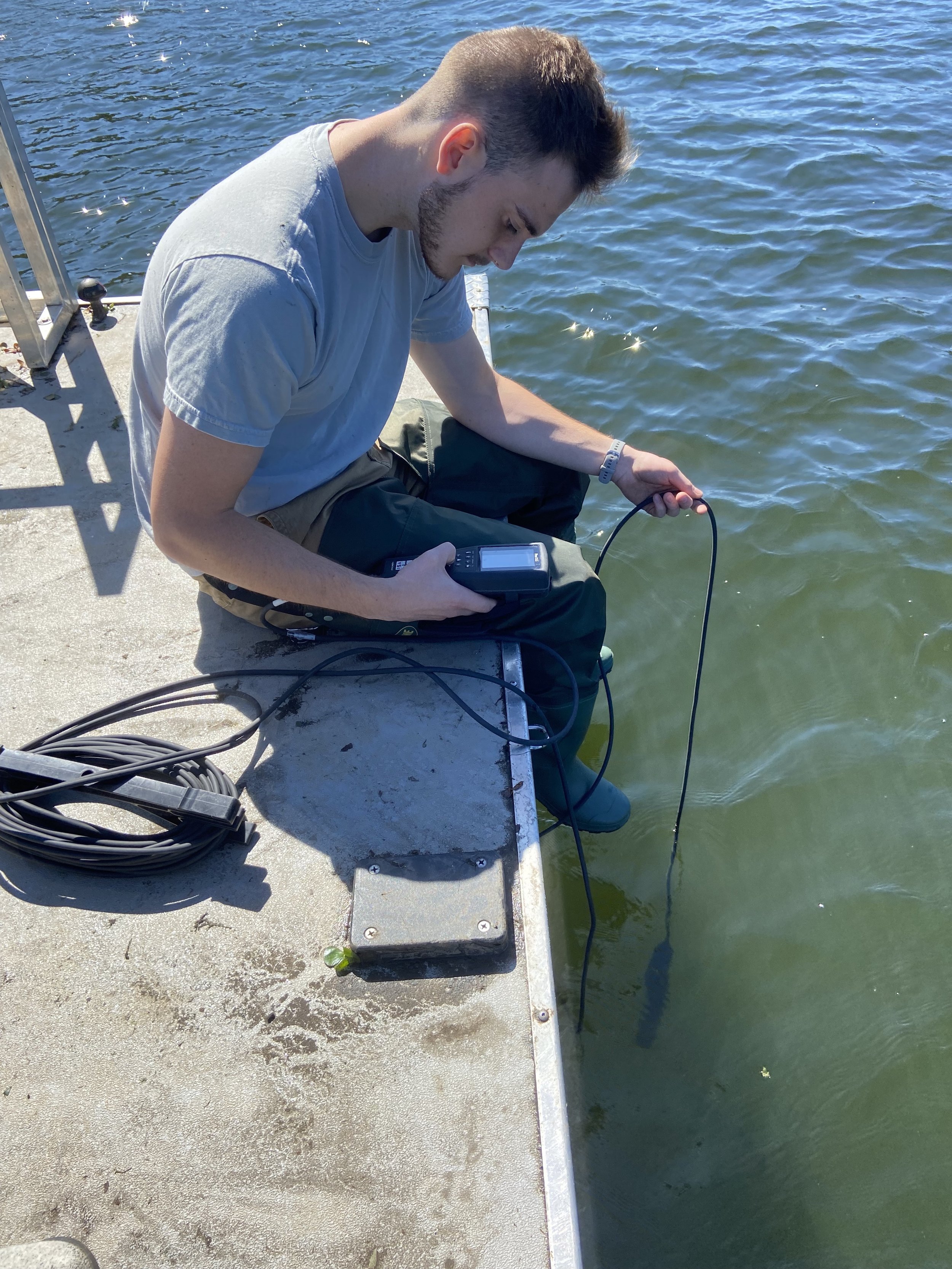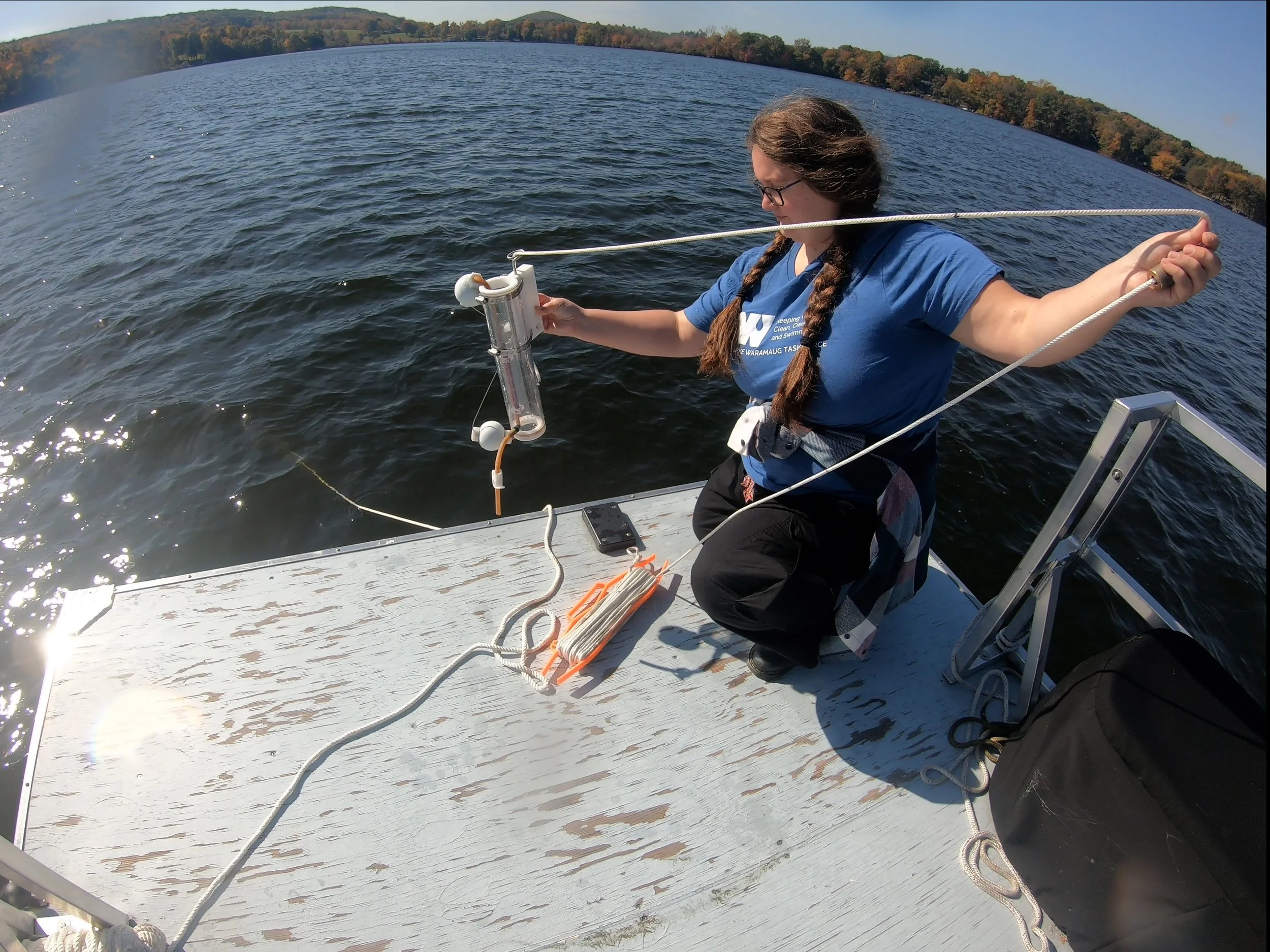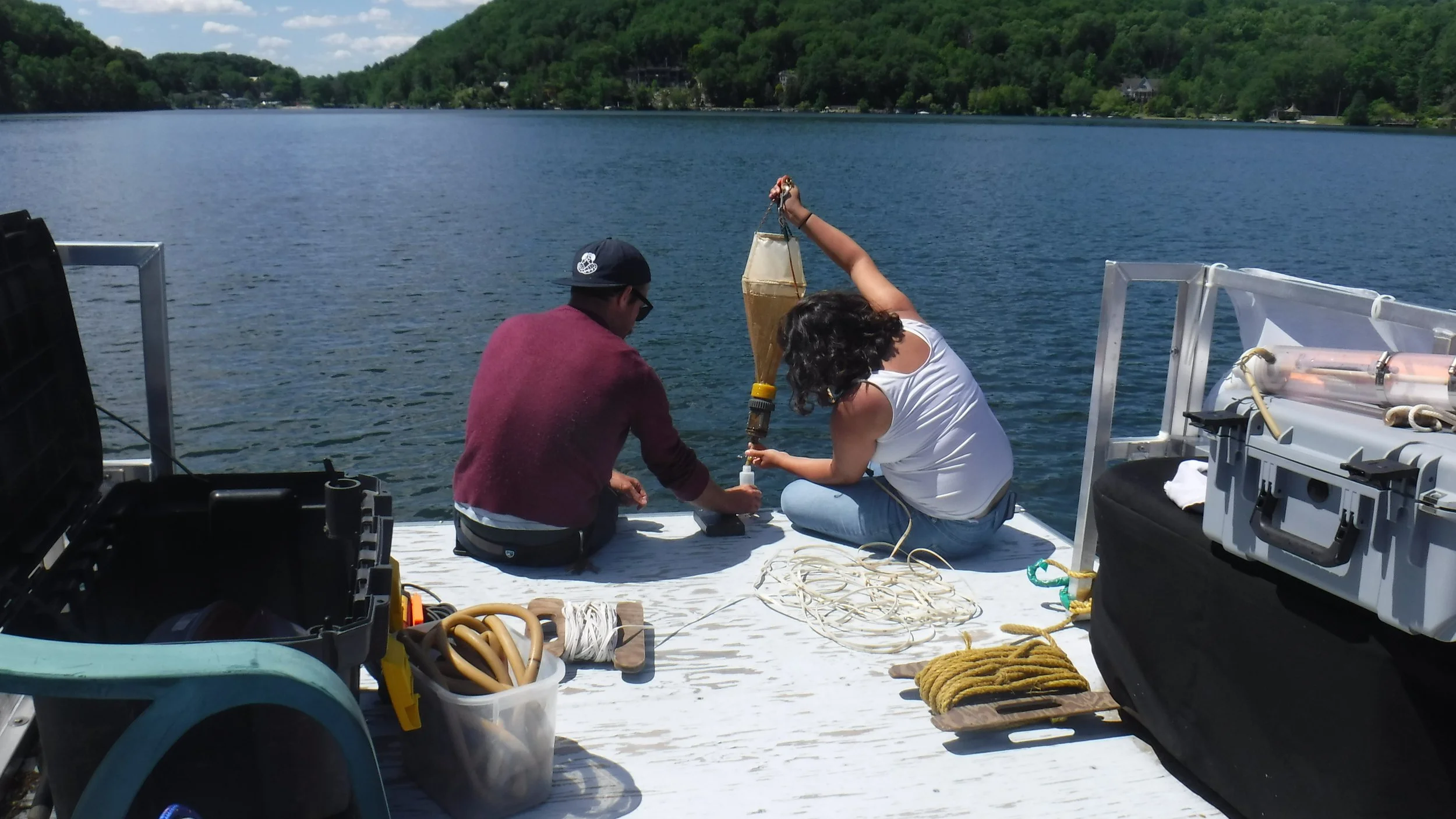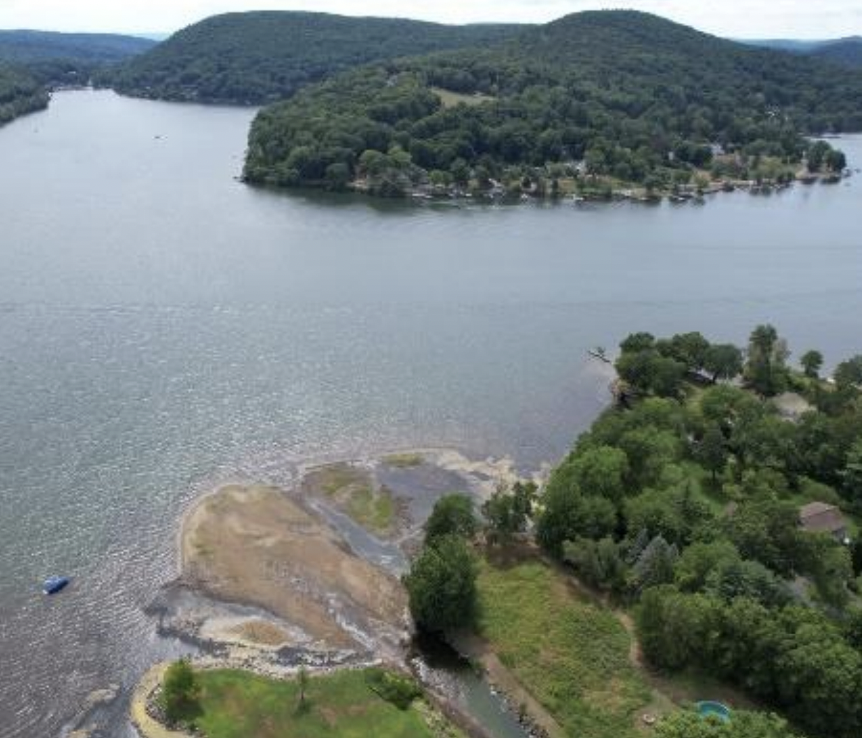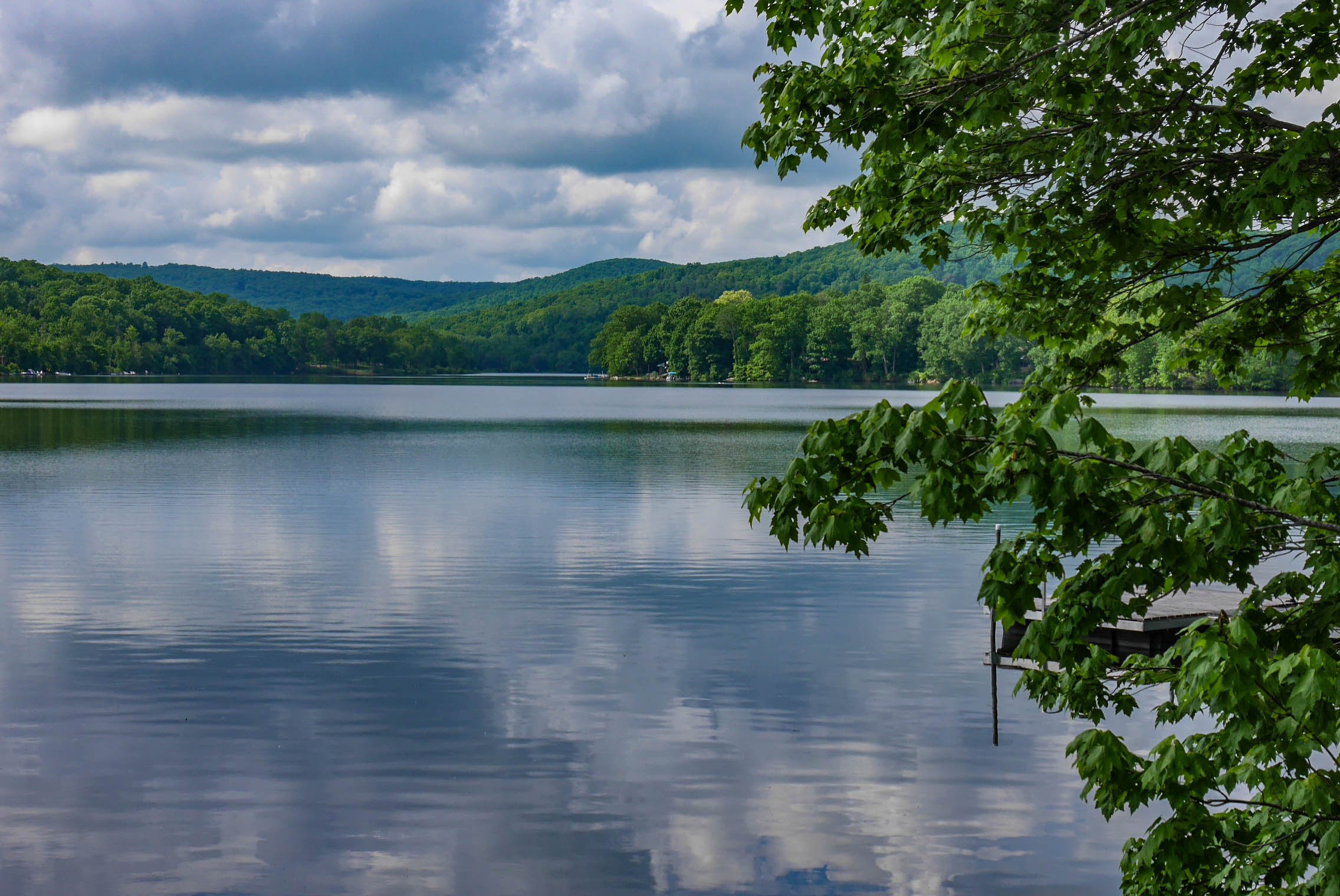
WHO WE ARE
A Task Force Dedicated to Preserving Our Lake
The Lake Waramaug Conservancy invests in cutting-edge scientific research and implements innovative solutions designed to maintain the ecology and water quality of the lake. Our north star is a crystal clear natural lake that is the cleanest and most beautiful in New England.
Since 1975, we have utilized science and education to clean our lake and support lake health. When we began, the water was so murky that by mid-summer, the clarity readings were less than zero. In 2000, Lake Waramaug was named Connecticut’s first Heritage Lake by state legislature. Today, we regularly record summer clarity to depths of 10 feet and we’ve virtually eliminated the presence of invasive species of weeds.
OUR APPROACH
We’re data-driven
We study the lake, record clarity data, water temperatures, bacteria levels and vegetation growth. We measure water levels, monitor fish species and assess environmental effects. The data we collect informs our actions to protect the water and maintain lake health.
OUR PEOPLE
We curate a team of experts
We engage the most knowledgeable scientists, divers and other professionals to identify and address issues around water quality. It’s important to us to work with the best resources. Our goal is to do right by the lake—no matter what flows into it naturally, or what comes to it from our neighbors and visitors.
OUR LEADERSHIP
We’re a role model for innovation
We research and invest in cutting-edge technology and creative solutions to clean the lake and maintain its clarity. Our work and successful efforts have served as an example for other lake communities and reservoirs across the country.
Critical elements of our work:
-
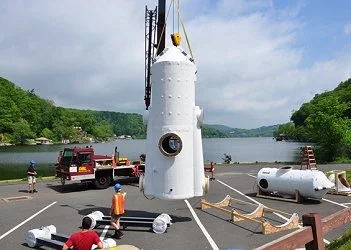
Curated Team of Experts
We installed and maintain the four aerators around the lake, which you can see bubbling away to keep the water oxygenated and promote healthy lake physical processes.
-

New List Item
At the Frost Mullen Research Site, we built and are fine-tuning a cutting-edge Zooplankton Farm that produces millions of microscopic predators to continuously compete with toxic cyanobacteria, help maintain a healthy lake ecosystem, and prevent blooms.
-
Data-Driven Efforts
We hire professional consultants to monitor, map and eradicate non-native, invasive weeds using divers. Each year, they find fewer and fewer; this year there were just two small areas with a handful of plants.
-
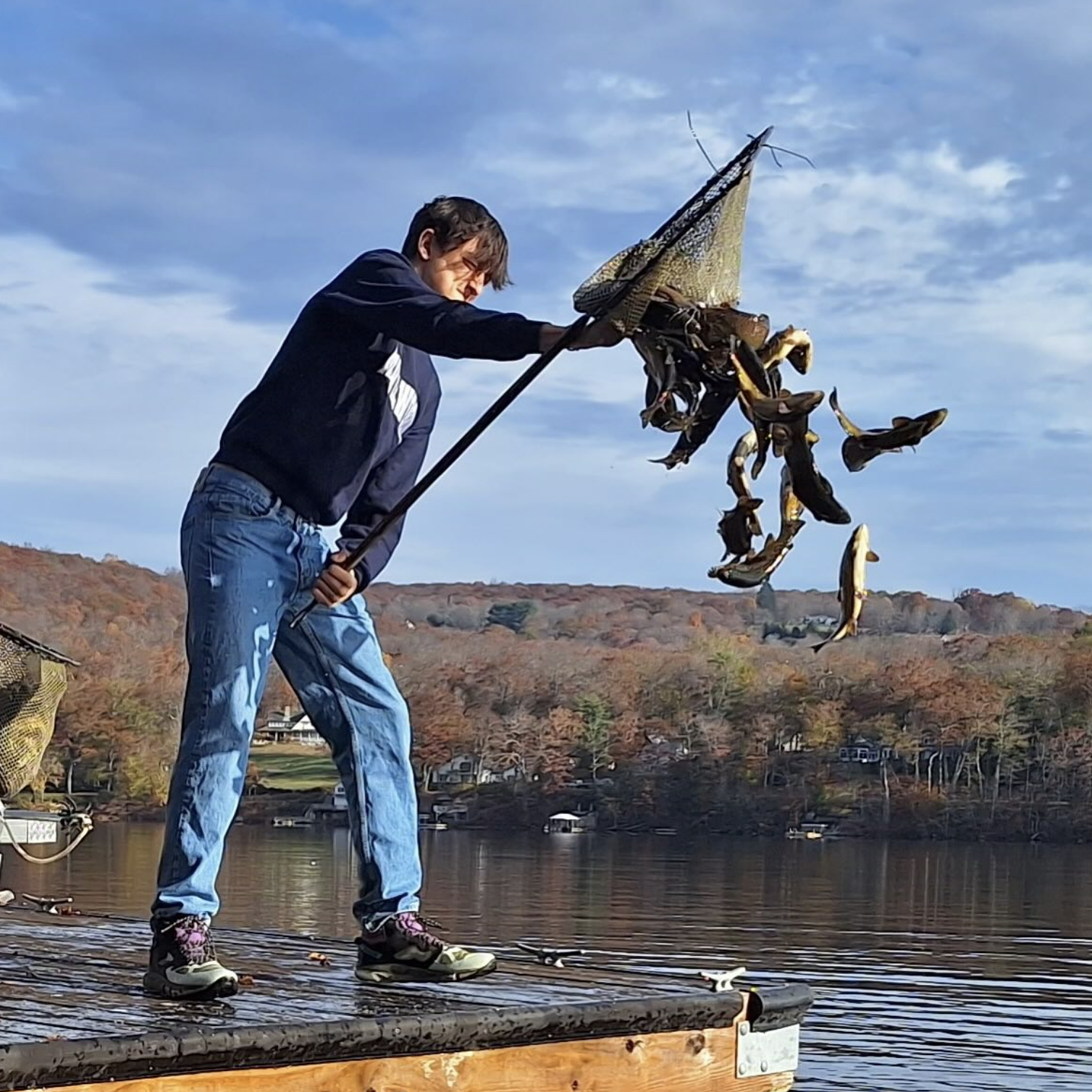
Role Model for Innnovation
Every Autumn, the Conservancy stocks the lake with thousands of brown trout in a continued effort to restore the balance of its delicate ecosystem. In the 1970s, the alewife was introduced to our waters with good intentions but without prescience; they feed on the zooplankton needed to keep the algae levels low. Brown trout are natural and native predators of the harmful alewife.
-

New List Item
We work to improve the entire watershed that feeds the lake to reduce the amount of phosphorus-laden silt that enters the lake, as well as mitigate erosion.
Important updates
